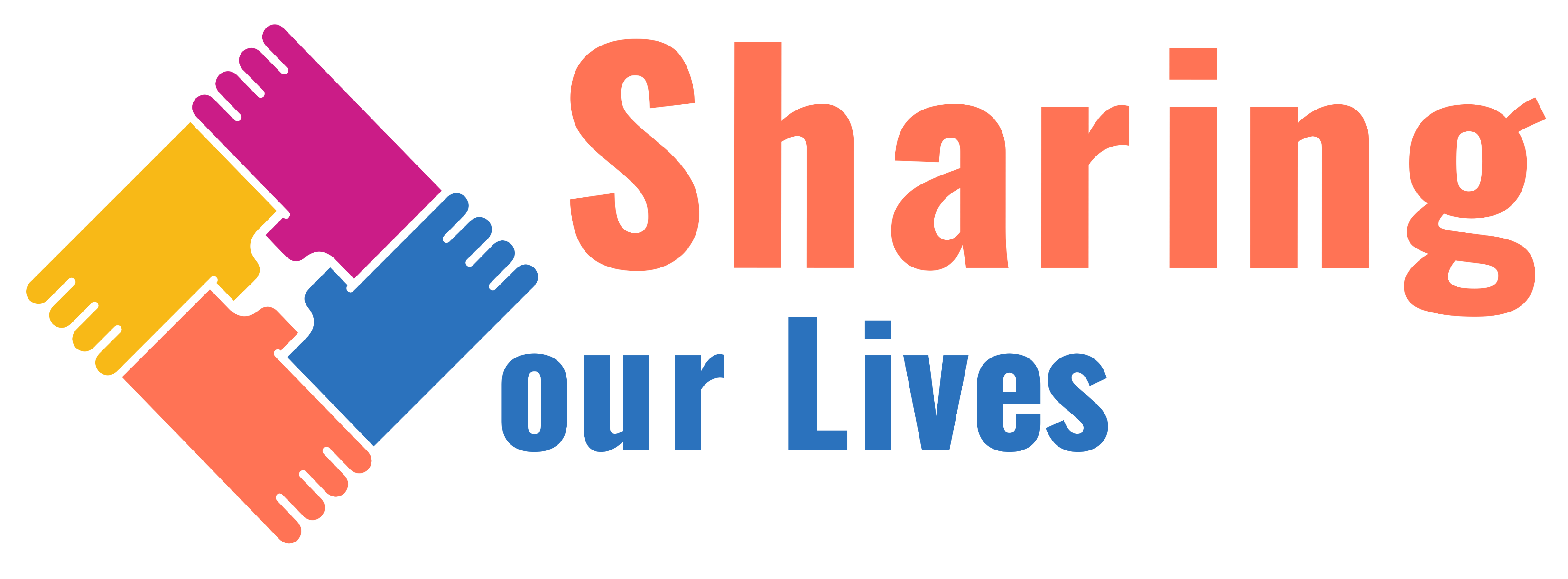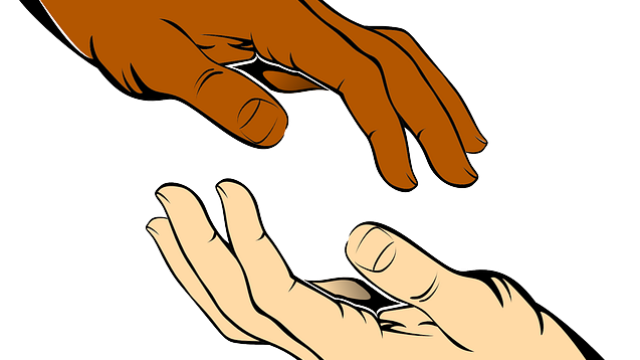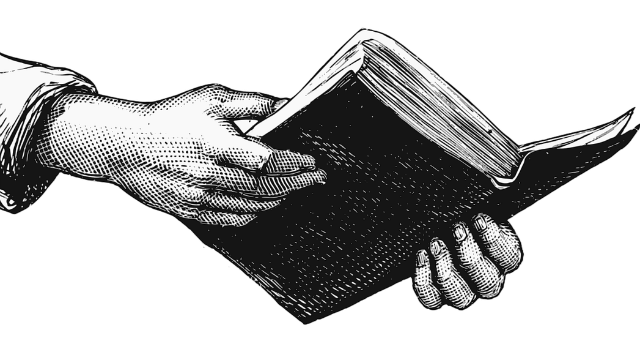Lesson 1
The Language of Friendship‘Far More Unites Us Than Divides Us’
Age group: 10 – 13yrs
Aim
To help students recognize the diversity in our society through exploring our differences and similarities.
Learning Objectives
- To explore the concept of multiple realities.
- To understand the language used to describe friends and friendship
- To critically analyse comments on friendship identified by religious leaders
- For students to start to be more visually literate (i.e. the use of language, communication and interaction) in order to exchange ideas and navigate our highly visual digital world.
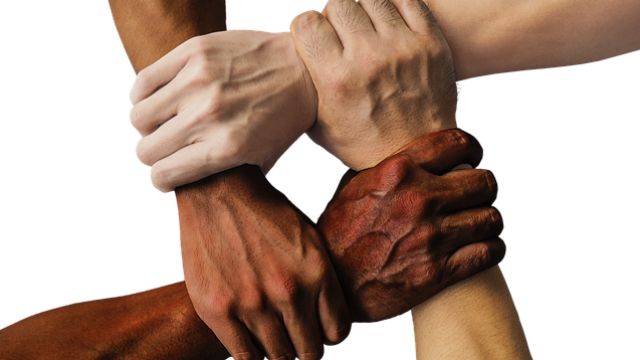
Background
Everyone sees the world through the lenses of his or her own identity group. These are the lenses of religious belief, cultural, and ethnic orientation, gender, and life experiences. What we believe to be true is relative to who we are. Our perceptions of events, people and relationships influence the way in which we view conflict, the solutions and strategies we design and ultimately the actions we decide to take. As we become more aware of these lenses, we are able to see how they influence us. This deepens our understanding of who we are, allows us to adjust or widen our views, and increases the choices available to us for how we want to behave and act.
Friends are like pillars, sometimes they hold you up and sometimes they lean on you. The one that you call “friend” is that first person that you call when you hear good news, that person who remembers the things you like and don’t like; the person who is fun to be with, but also someone who is there for you no matter what. Friends help shape one’s values and actions. There are many qualities for a good friendship which include honesty, trustworthiness, loyalty, and unconditional acceptance. A friendship should make both parties in the relationship happy and both people should have fun when they spend time together.
The greatest human relations principle is to treat others the way you want to be treated. Remember healthy friendships are marked by cooperation, kindness, trust, and mutual respect.
For people to get on with each other exploring the concept of friends and friendship is one of the most important social actions people take in their lives. Friendships provide a sense of community and cooperation and can break down barriers between people from different groups than one’s own.
Activity
Icebreaker
Show the picture “Old Woman/Young Woman and ask students what they see.
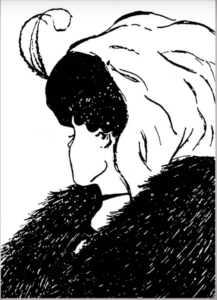 Acknowledge that most people see either the old woman or the young woman first and then later may be able to see both. Share that this activity is about our perceptions and how it is possible to view the same picture differently. Make some of the following key points:
Acknowledge that most people see either the old woman or the young woman first and then later may be able to see both. Share that this activity is about our perceptions and how it is possible to view the same picture differently. Make some of the following key points:
Ask students if they have been in a situation in which there were very different interpretations of the same event? Ask them to share some examples.
It is natural to assume that if several people experience the same situation – for example a car accident – that each would remember it and then describe it in a similar way. However, we know from experience that this is not the case. Likewise, if we show the same picture to a group of people we find that it does not necessarily convey the same meaning.
Time: 15 Mins.
Resources: Picture of old woman / young woman
Definitions
Now we are going to explore what do you understand to be the meaning of the words Friend and Friendship?
Divide a piece of paper in half lengthwise. On one side make a list for the topic “A friend is someone who …” On the other side make a list for the topic “Friendship is important because …”
In whole class feedback, ask each group to give two examples. If the other groups have the same words/phrases to tick off. Continue so that all groups have a chance to respond.
Which column was easier to complete and why?
Do you think having friend is important? Why?
‘To have good friends you must be a good friend’ – What do you think about this quote?
Time: 20 Mins.
Resources: Flip chart paper, Felts
.
Quotes on Friendship
Look at the video clip and listen to what some religious leaders say about friendship
Make a note about which one quote you like. Why do you like this quote? What do you think about the advice given by these leaders?
Time: 10 Mins.
Resources: Data Projector, Picture of old woman / Video clip
Plenary
What makes a good friend? Draw your hand on a piece of paper and reflect and record five things that you have learnt/read from the guidance of the religious leaders that makes a good friend.
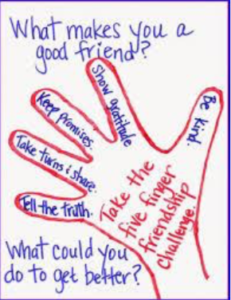 Closing round – ask the question
Closing round – ask the question
- What did you find interesting in this session and why?
- What would you like to discuss as follow up to this activity?
Time: 10 Mins.
Resources: Plain A4 paper and coloured pens/crayons, Record on flip chart paper
